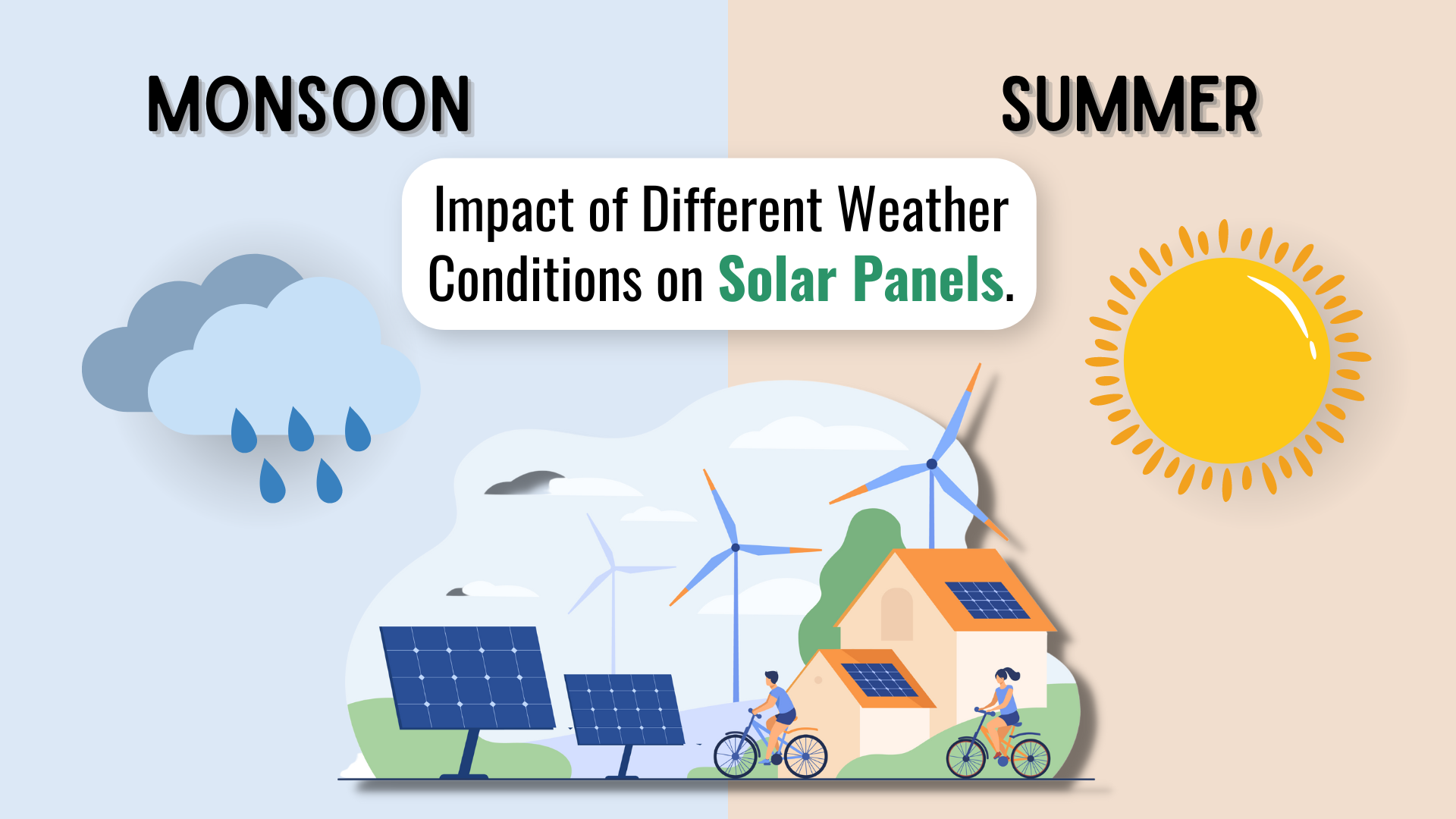Solar Panels Perform in Different Weather Conditions

Solar panels can perform differently depending on various weather conditions, but they still generate electricity even in less-than-ideal conditions. Here's how solar panels perform in different weather conditions:
Sunny Weather: Solar panels perform optimally in sunny weather conditions with clear skies and abundant sunlight. Direct sunlight provides maximum energy output, allowing solar panels to generate electricity at their peak efficiency. Bright sunlight helps maximize the photon absorption by solar cells, resulting in higher electricity production.
Partly Cloudy Weather: Solar panels can still generate electricity on partly cloudy days, although their performance may be slightly reduced compared to sunny conditions. Thin clouds may scatter sunlight and diffuse the intensity, leading to a slight decrease in energy output. However, solar panels can still capture diffuse sunlight and produce electricity, albeit at a lower rate than under direct sunlight.
Cloudy Weather: Solar panels continue to generate electricity even on cloudy days, although their energy output is significantly reduced compared to sunny conditions. Thick cloud cover blocks a significant portion of sunlight from reaching the solar panels, reducing photon absorption and electricity production. However, even under cloudy skies, solar panels can still produce some electricity from diffuse sunlight and indirect light.
Rainy Weather: Solar panels can still generate electricity during light rain or drizzle, although their performance may be affected by reduced sunlight intensity and water accumulation on the panel surface. Raindrops can scatter sunlight and reduce photon absorption by solar cells, leading to a temporary decrease in energy output. However, once the rain stops and the panels dry off, their performance typically returns to normal.
Snowy Weather: Solar panels can still generate electricity during snowy weather conditions, although their performance may be impaired by snow accumulation on the panel surface. Snow cover can block sunlight from reaching the solar cells, reducing energy production. However, solar panels are often designed with a tilt angle that allows snow to slide off more easily, and snowmelt or sunshine can help clear the panels and restore their performance.
Overall, while solar panels perform best under sunny conditions, they can still generate electricity in various weather conditions, including cloudy, rainy, and snowy weather. Their ability to capture diffuse sunlight and adapt to changing environmental conditions makes them a reliable and resilient renewable energy technology.
Thank you,